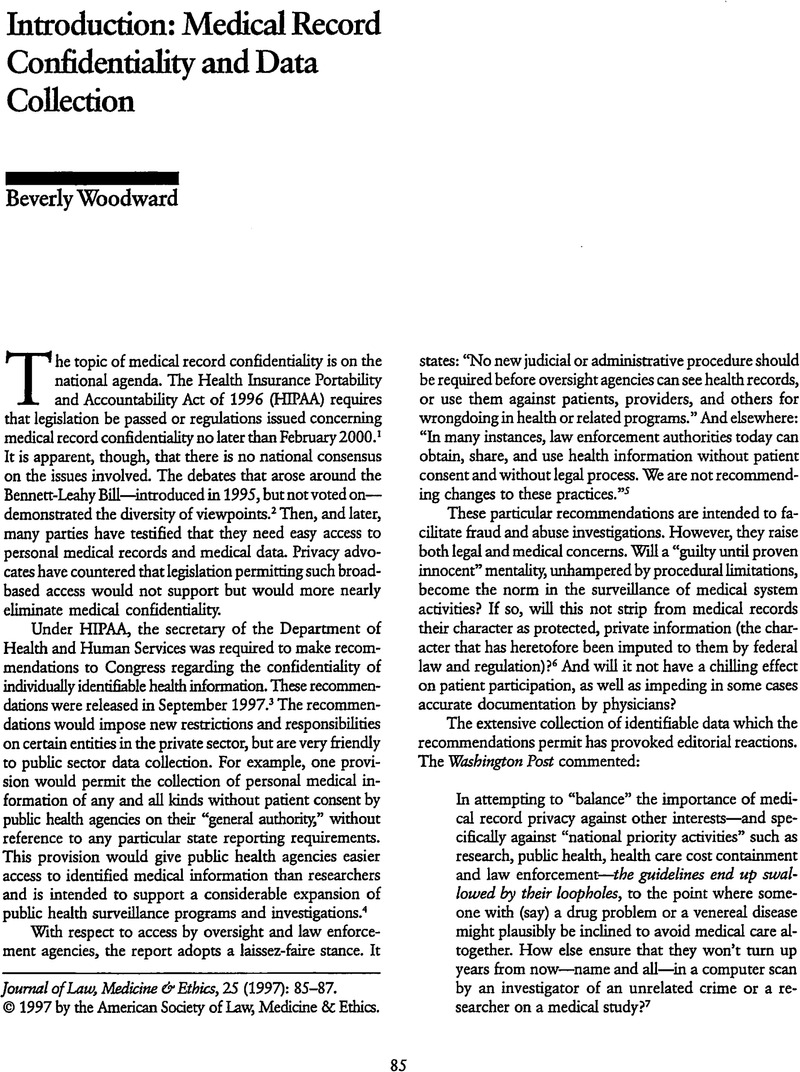Crossref Citations
This article has been cited by the following publications. This list is generated based on data provided by Crossref.
Wang, Zhong
2019.
Data integration of electronic medical record under administrative decentralization of medical insurance and healthcare in China: a case study.
Israel Journal of Health Policy Research,
Vol. 8,
Issue. 1,



